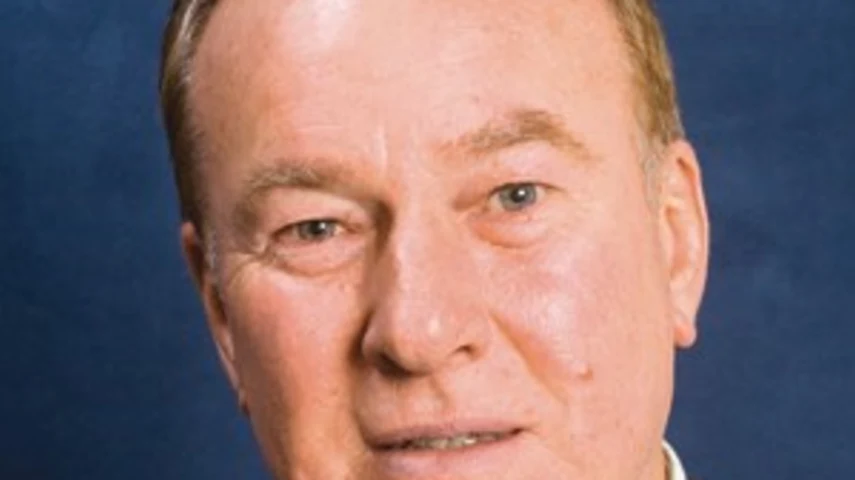MySuper narrows industry/retail super cost gap



The advent of MySuper products has served to narrow the cost gap between industry and retail superannuation funds, according to the latest research released by the Heron Partnership.
And according to Heron Partnership managing director Chris Butler, that gap may narrow even more as superannuation funds compare their own pricing against the rest of the market and move their fees downward.
The Heron research was based on an assessment of the fees charged for the new MySuper products introduced from 1 January 2014 and revealed that the average fee charged was 1.06 per cent, which Butler noted was about 26 per cent less than the average fee charged prior to the introduction of MySuper.
The variation in cost was also greater than had been expected when MySuper was first mooted out of the Cooper Review.
The Heron Partnership research revealed that industry funds were, on average, cheaper than retail funds but that the gap was narrower than had been the case in the past.
Butler said fees ranged from 0.6 per cent to 2.49 per cent across all fund types, with the range for industry funds being 0.65 per cent to 1.4 per cent with an average of 1 per cent.
This compared with retail funds which had an average of 1.18 per cent with the range from 0.6 per cent to 2.49 per cent, meaning that the lowest-cost retail MySuper product was as cheap as the lowest-cost industry fund product. The most expensive retail fund product was much more expensive than the highest-cost industry fund product.
It was in these circumstances that Butler said he expected some downward movement in pricing as funds reviewed where they stood in the marketplace.
The Heron research covered funds generally available to the public, was based on each fund's MySuper investment option, assumed a balance of $50,000 and included member, administration and investment fees.
It noted that for corporate plans the administration fee might be reduced, depending on the potential economies of scale.
Insurance costs were not included due to the various factors taken into account, such as design, gender, occupation, smoker status, etc. In total 81 funds were included, comprising 55 industry funds and 26 retail funds.
Butler said that with respect to the structure of the MySuper investment options surveyed, 24 had lifecycle investment options while 57 had single diversified options.
"It is interesting to note that although there has been a move to lifecycle options under MySuper, this has principally been for retail funds, with 58 per cent of retail funds now offering a lifecycle MySuper investment option compared with 18 per cent of industry funds," he said.
Recommended for you
ASIC has commenced civil penalty proceedings in the Federal Court against superannuation trustee Diversa Trustees, regarding the First Guardian Master Fund.
The winners have been announced for the 2025 Super Fund of the Year Awards, held in Melbourne on 26 November by Money Management's sister brand Super Review.
Data and technology provider Novigi has acquired Iress’ superannuation consulting and managed services business from Apex Group.
AMP is to launch a digital advice service to provide retirement advice to members of its AMP Super Fund, in partnership with Bravura Solutions.










